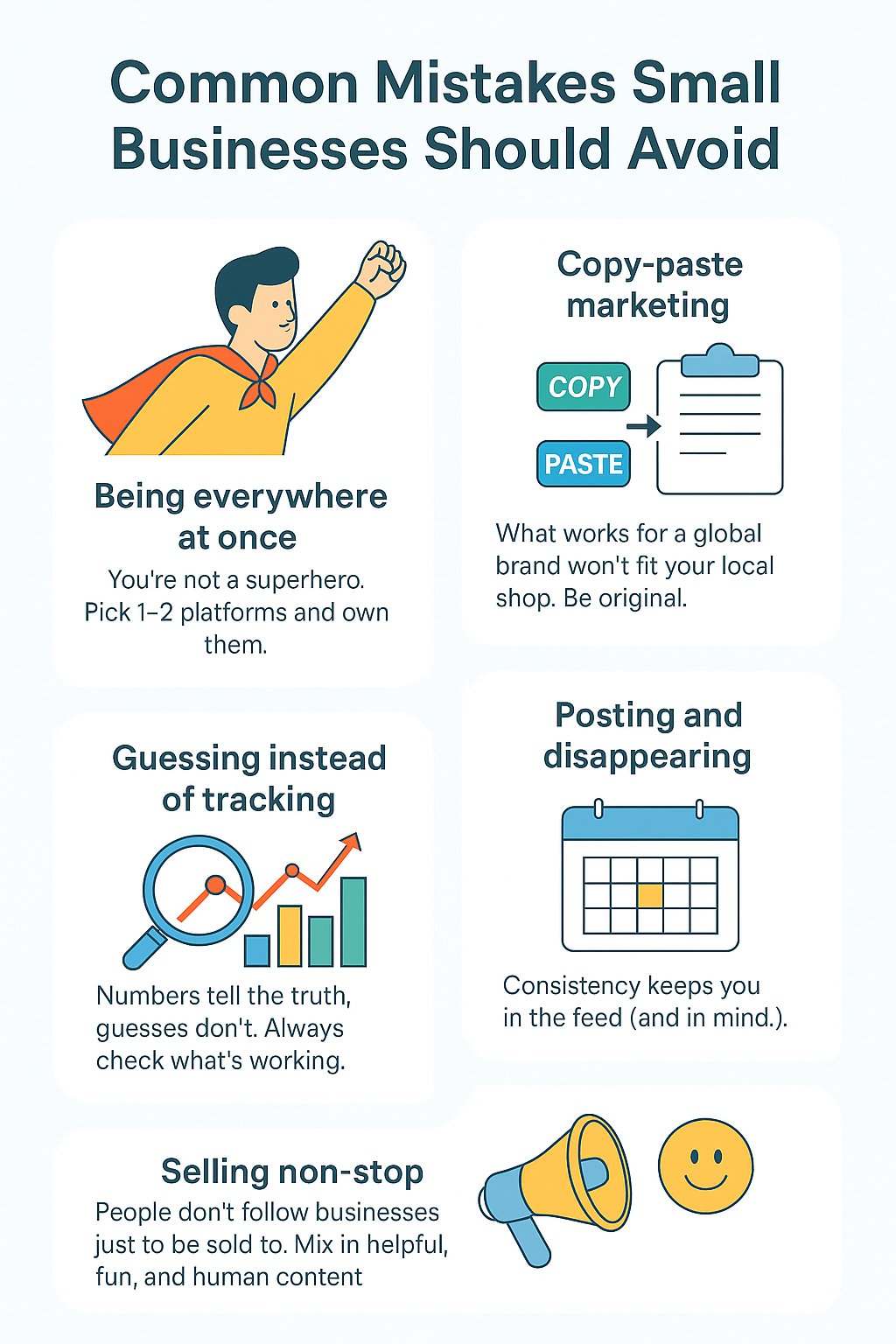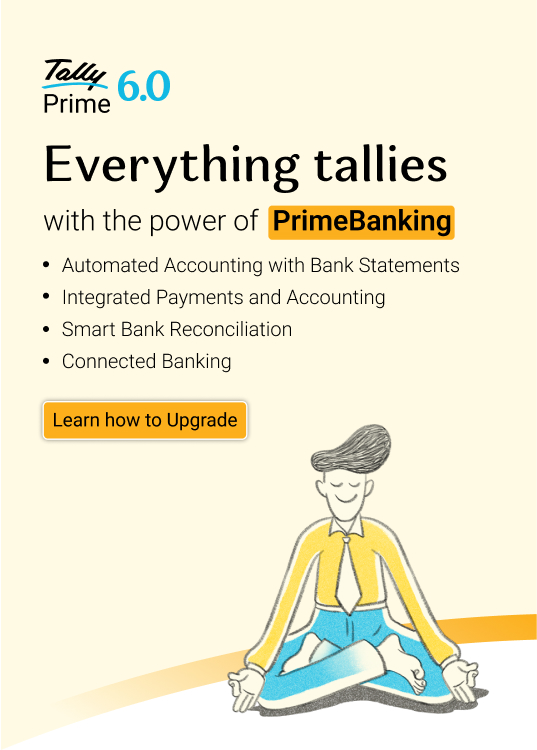Do you ever feel like the big brands have an unfair advantage? Their ads seem to follow you everywhere, their social media is always buzzing, and they have enough budget to hire teams just to manage tweets. Meanwhile, you are doing a hundred things at once and still trying to figure out how to get your business noticed.
But don't worry. Competing online is no longer just about who spends the most. It is about who connects better. And that’s where you actually have the upper hand. As a small business, you know your customers by name, you can move quickly when trends change, and you can add that personal touch the big players often miss.
Digital marketing is where all of this comes together. With the right approach, you can show up in front of the right people, build trust, and grow your brand without burning through your budget. The best part is you don’t need a huge team or fancy tools to get started.
Stick with us as we examine how you can use digital marketing to compete with and sometimes even outshine the big brands.
The challenges small businesses face
Going up against big brands can sometimes feel like playing in the same game but with very different resources. While large companies enjoy endless budgets, big teams, and instant recognition, small businesses often work twice as hard to grab attention. These challenges are real and can slow things down, but understanding them is the first step to finding more innovative ways around them.
Here are the most common challenges small businesses deal with:
- Tight budgets: Big brands can spend money on big campaigns, while smaller businesses must carefully pick every marketing move. This doesn’t mean you can’t compete, but you must be smarter and more creative with your strategy.
- Small or no in-house teams: Larger companies have a whole department for content, another for ads, and another just for branding. Small business owners usually wear most of these hats alone (or with a small team), making things a bit challenging.
- Building trust from scratch: People know and trust big names because they’ve seen them around for years. A small business has to put in extra effort to prove it’s reliable and worth choosing, and that takes time, consistency, and patience.
- Limited reach: When big brands launch something new, it’s everywhere, like on TV, social media, billboards, and email. Small businesses rarely have that loud a megaphone, which makes it harder to get noticed at the start.
These challenges can look intimidating on paper, but they’re not impossible to overcome. In fact, digital marketing gives small businesses a chance to get creative and turn these weaknesses into strengths.
What advantages does digital marketing give to small businesses that big brands often lack?
Digital marketing gives small businesses agility and personalisation advantages that big brands often lack. Competing with big brands comes with challenges, but being a small business also gives you opportunities. Things that big brands see as limitations, like having smaller teams and tighter budgets, become your strengths that these companies often struggle to match.
Digital marketing lets small businesses move faster, connect more personally, and build deeper relationships with customers in ways too difficult for the big brands to think of. Here’s how that plays out:
- Agility and speed: Large companies move slowly because every decision has to pass through layers of approvals. Small businesses, on the other hand, can adapt quickly, respond to trends, and test new ideas without waiting months to get started.
- Personal connections: Customers love buying from people they trust. Small business owners can talk directly to their customers, get to know them by name, and build relationships that feel real. This kind of personal touch is something that large brands find difficult to create.
- Authenticity: Small businesses have the advantage of being open and genuine. Your story, your passion, and your values naturally shine through in everything you do. This honesty builds trust and makes customers feel connected in a way they don’t usually feel with bigger companies.
- Niche focus: Instead of trying to serve everyone, small businesses can focus on specific audiences or local communities. This makes it easier to deliver exactly what your customers need and to create true loyalty.
Now that you know the challenges and the hidden strengths, let’s talk about where the real magic happens. Digital marketing is the secret weapon that allows small businesses to put those strengths into action without draining their budgets.
Key digital marketing strategies for small businesses
You know the challenges, you’ve seen the hidden strengths, and now comes the fun part, where you put those strengths to work. Big brands might have money to spend, but you have speed, authenticity, and the kind of customer connection they can only dream about. Digital marketing allows you to take all of that and turn it into real results.
Here are some smart, budget-friendly strategies that work:
- Local SEO
Most customers who search online are looking for businesses near them. By optimising for local search through Google Business Profile, location-specific keywords, and genuine customer reviews, you can show up right when people in your area need you. The best part is that it does not cost much at all.
- Content marketing that adds value
Sharing helpful blogs, guides, short videos, or even quick tips on social media puts your expertise in the spotlight. Customers start seeing you as the go-to resource, not just a business trying to sell. This builds trust, and trust eventually converts.
- Social media storytelling
Instead of sharing overly formal, corporate-style posts, focus on real stories. Show behind-the-scenes moments, celebrate customer wins, or talk about your journey. Social media rewards authenticity, and smaller businesses can connect with audiences in a way that feels genuine.
- Community-driven engagement
Big brands rely heavily on constant advertising. You, on the other hand, can build conversations. Reply to comments, host small live sessions, ask for feedback, and create loyalty programs. This helps customers feel like they are a part of your story, not just another transaction.
- Smart advertising on a budget
Running ads does not have to empty your pockets. By targeting specific locations, age groups, or interests, you can get great results even with a small budget. Retargeting campaigns are especially helpful since they bring back people who already showed interest in your business.
- Measure and scale slowly
One of the biggest mistakes is trying to do everything at once. Start small, track what is working, whether it is Instagram reels, a few blog posts, or a local SEO push, and then scale accordingly. With free or affordable tools like Google Analytics and Meta Ads Manager, you can see exactly where your efforts are paying off.
How to build community-driven engagement for stronger customer loyalty?
Strategies like SEO and social media help you get discovered, but real growth comes when people stick with you long after the first click. And that doesn’t happen through mass advertising. Big brands are great at delivering messages to millions, but small businesses can win by engaging on a more personal level. Turning customers into a community creates loyalty that no billboard or banner ad can compete with.
Here are a few practical ways to make it happen:
- Talk like a human, not a billboard: Instead of delivering one-way messages, chat with your customers like you’d talk to a friend. Ask questions, laugh with them in the comments, and genuinely listen. These little interactions make a relationship far stronger than a paid ad impression.
- Make your customers the heroes: Share a story about how someone used your product, repost a happy customer’s photo, or thank them publicly. People love being part of the spotlight, and by celebrating them, you’re also showing future customers what makes your brand special.
- Create places where people can gather: It doesn’t have to be complicated. A small WhatsApp group, a Facebook community, or a monthly Instagram live Q&A works wonders. The point is to give your customers a space where they can connect not only with you but also with each other.
- Show the behind-the-scenes reality: Share your work-in-progress moments, the little wins, maybe even the setbacks. When people see the human story behind a business, they feel invested in it. Authenticity builds loyalty in ways a polished ad never could.
- Reward loyalty in personal ways: Big brands run generic points programs, but you can be more creative. Surprise someone with a handwritten note, a discount for being a repeat buyer, or an invite to test something new before everyone else. These small gestures spark big feelings of belonging.
When you focus on building a community instead of chasing eyeballs, you turn your business into something people feel proud to support.

Conclusion
Competing with big brands will always look like a challenge. They have money, reach, and name recognition on their side, but what they don’t have is you. As a small business, you can move faster, speak directly to your customers, and build trust in genuine ways rather than scripted ones.
Digital marketing helps you identify your strengths, which you once considered as weaknesses. From showing up in local searches to telling your story on social media, from building loyalty with personal touches to running ads that reach the right audience without exhausting your budget, every small step online adds up.
So start where you are, with what you have. Try, test, tweak, and watch how your small business stands beside the big players and sometimes even steals the spotlight.

















